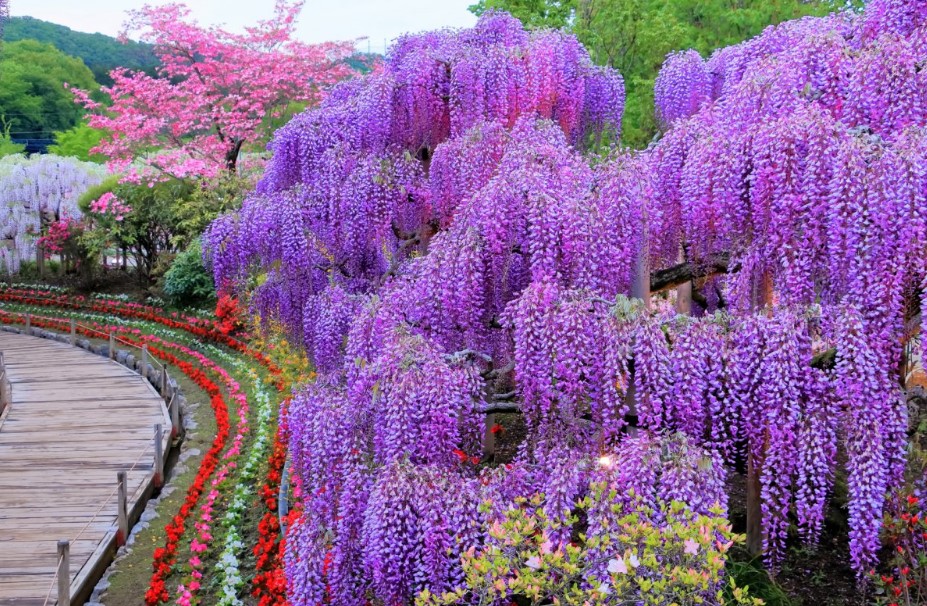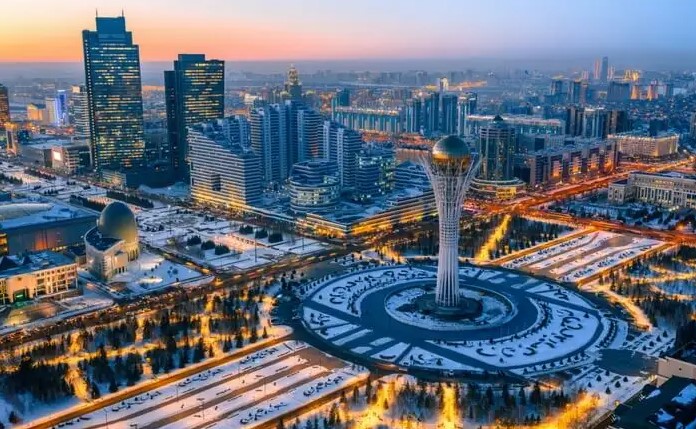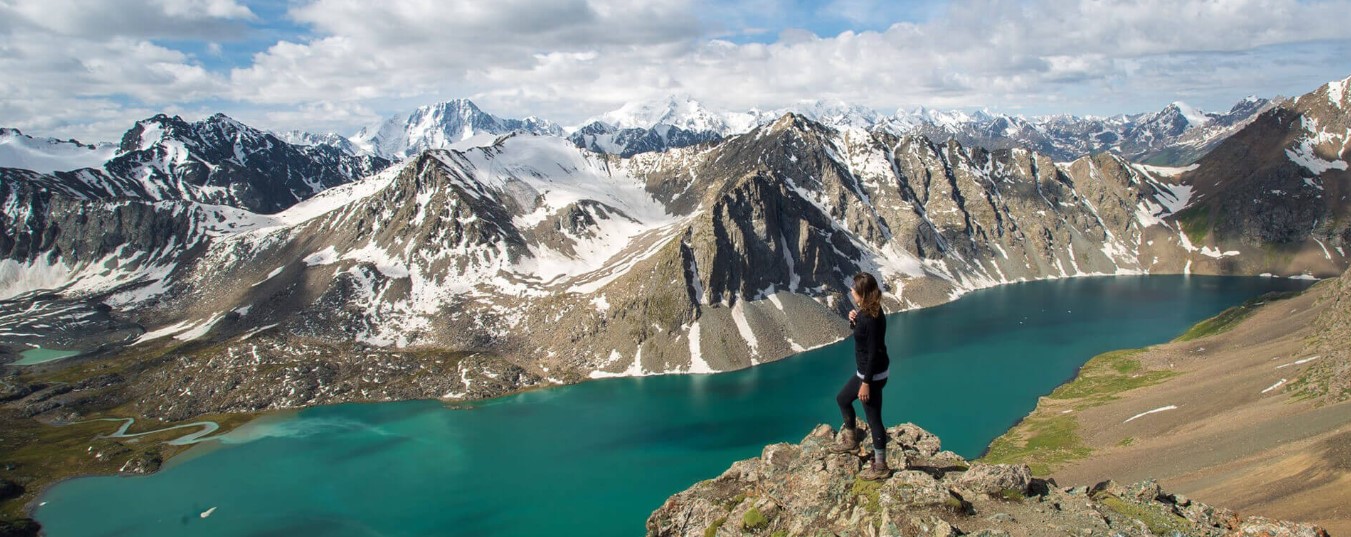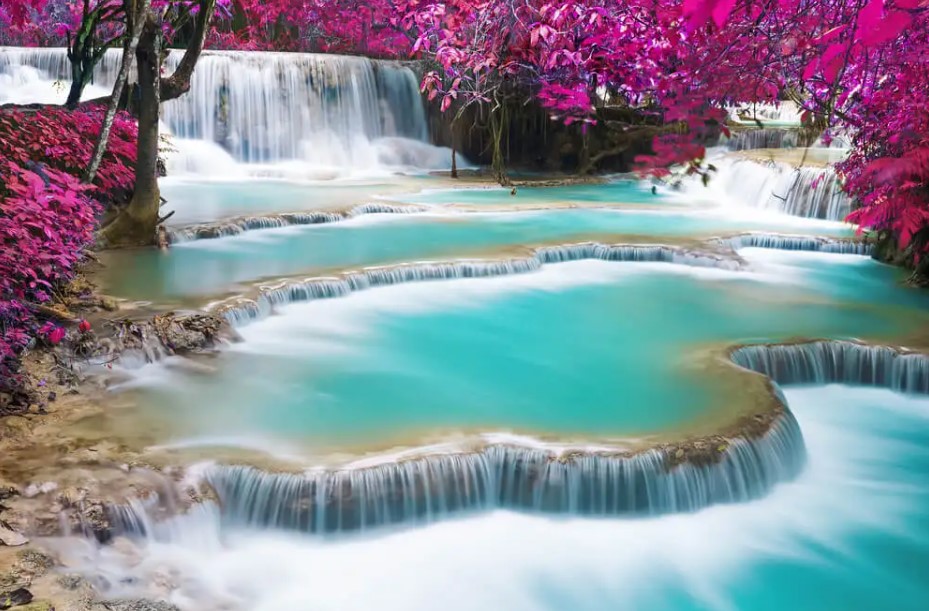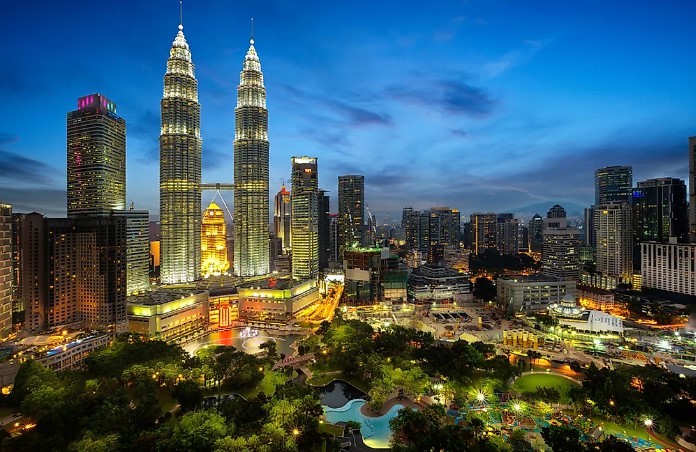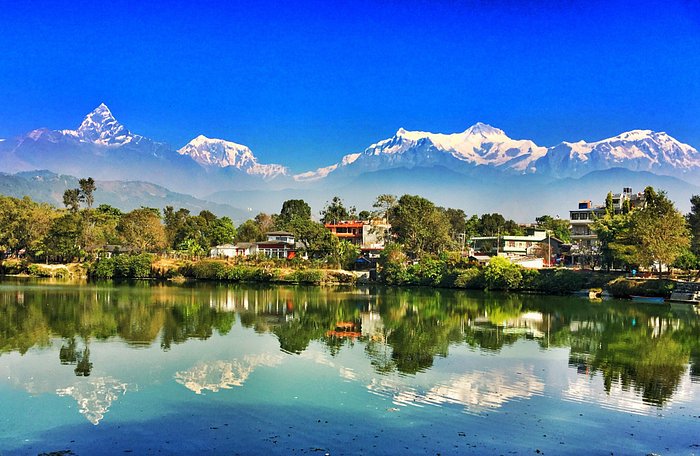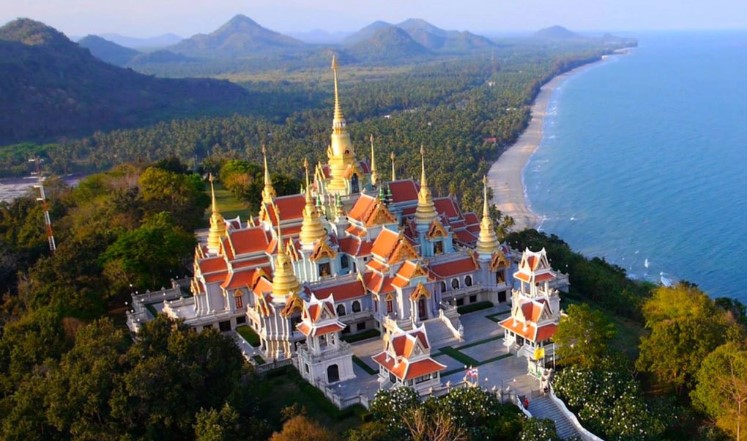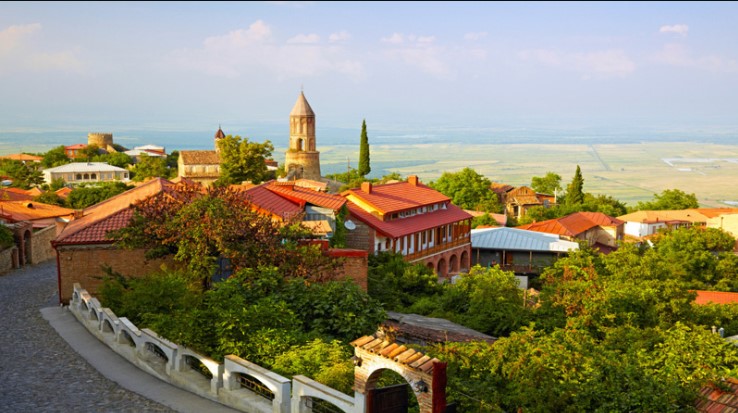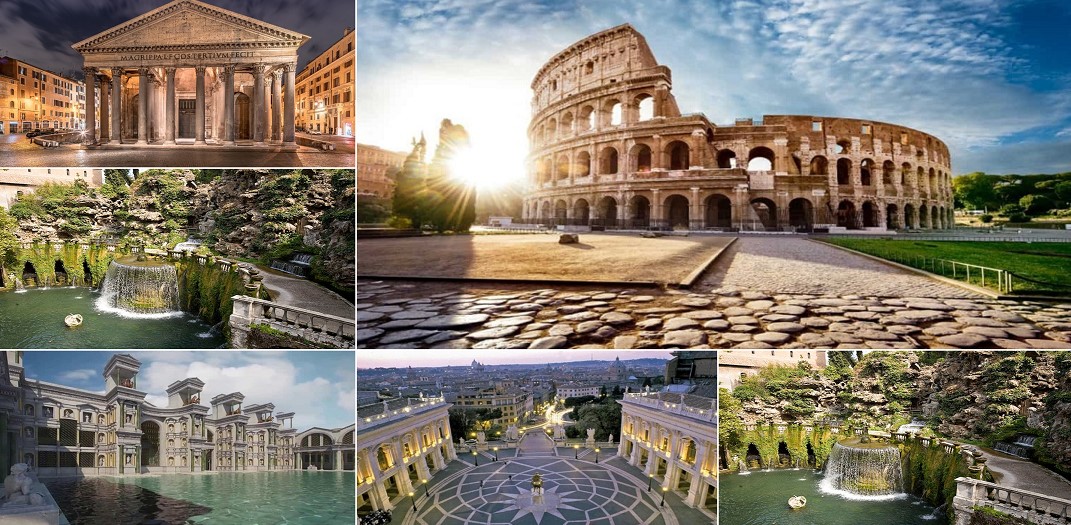Here are some of the top-rated tourist attractions in Ghana. This list of the best places to visit in Ghana will be a magical event during your visit. However, in this article, I discuss the 5 top-rated tourist attractions in Ghana. So, continue reading and discover these prettiest & top-rated tourist attractions in Ghana!
Labadi beach
Labadi Beach or more correctly known as La Pleasure Beach is one of the busiest beaches on the coast of Ghana. It is one of the beaches in Accra and is maintained by local hotels.
Labadi Beach is located in a town called La near Teshi in the Greater Accra region of Ghana, popularly known as Labadi. An entrance fee is charged for those not staying at the hotel.
Holidays and weekends often feature reggae, hiplife, playback and cultural drumming and dance performances. As of 2014, the beach is still under intense monitoring from the community to address the ongoing problem of open defecation present on the beach.
A proposal to build additional designated sanitation facilities to accommodate the problem has been brought to the attention of local councils and hotels near the beach.
Apart from visiting the beach for fun, people visit the place early in the morning for work, mostly on weekends.
Black Star Square
The Independence Arch in Accra, Ghana is part of Independence Square which contains monuments to Ghana's independence struggle, including the Independence Arch, the Black Star Gate and the Liberation Day Monument.
Cape Coast Fort
Cape Coast Castle is one of about forty "slave castles", or large commercial forts, built by European traders on the Gold Coast of West Africa. It was originally a Portuguese "feitoria" or trading post, founded in 1555, called Tara Cabo Corso.
However, in 1653 the Swedish Africa Company built a wooden fort there. It was originally a center for timber and gold trade. It was later used in the trans-Atlantic slave trade.
Other Ghanaian slave forts include Elmina Fort and Fort Christiansburg. They were used to hold enslaved Africans before being loaded onto ships and sold to the Americas, particularly the Caribbean. This "Gate of No Return" was the last stop before crossing the Atlantic Ocean.
Cape Coast Castle, along with other castles and forts in Ghana, is a UNESCO World Heritage Site as it bears witness to the Atlantic gold and slave trade.
Kakum National Park
Kakum National Park, located in the coastal environment of the central region of Ghana, covers an area of 375 square kilometers.
Established in 1931 as a reserve, it was gazetted as a national park in 1992 after conducting a preliminary survey of avifauna. The area is covered with tropical forests.
The uniqueness of this park is that it was established by the initiative of the local people and not by the State Department of Wildlife responsible for wildlife conservation in Ghana.
It is one of only 3 places in Africa with a canopy walkway, which is 350 meters long and connects the tops of seven trees that provide access to the forest.
The most notable endangered species of the park are the Diana monkey, the giant bongo antelope, the yellow-backed duiker and the African elephant. It is an Important Bird Area recognized by Bird Life International that completely overlaps the park area.
Aburi Botanical Garden
Aburi Botanical Garden is a garden in Aburi in the Eastern Region of Ghana. The garden covers an area of 64.8 hectares. It opened in March 1890 and was founded by Governor William Brandford-Griffith and Sierra Leonean doctor John Farrell Ismon.
Before the garden was established, it was the site of a sanatorium built in 1875 for Gold Coast government officials.
During William Brandford-Griffith's governorship, Alexander Worthy Clarke, a Basel missionary and Jamaican Moravian, oversaw the clearing of land around the sanatorium to start the botanical department.
In 1890 William Crowther, a student at the Royal Botanic Gardens, Kew, was appointed the garden's first curator. The plantations played an important role in promoting cocoa production in southern Ghana, providing cheap cocoa seedlings and information on scientific cultivation methods.
After Hevea brasiliensis was sent from Kew to Aburi in 1893, plantations also encouraged rubber production in Ghana.


















